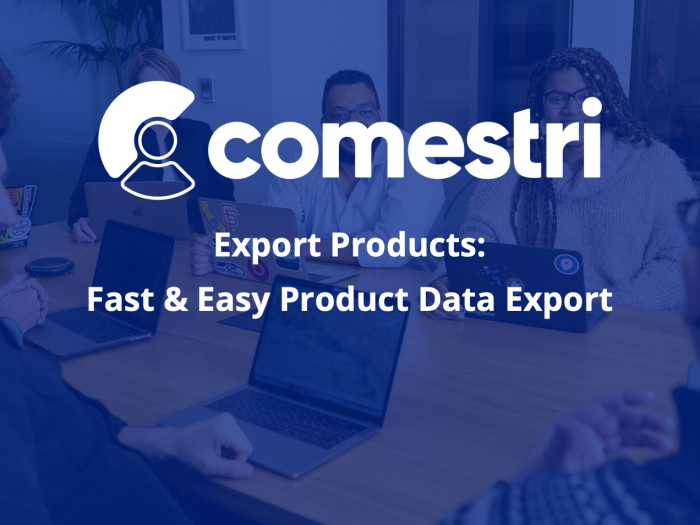Holiday shopping season is here again! Just like 2020, sales this holiday season are forecast...
Most Popular Knowledge Portal Sections
Explore How-To's and learn best practices from our Knowledge Portal
Video Training
Tips & Tricks from Comestri
Frequently Asked Questions
This is the collection of Class levels used to classify products. Each PIM can have one or more Class Structures to suit the types of products sold. “Style”, “Colourway” and “SKU” comprise a commonly used three-level Class Structure. Two-level or single-level Class Structures are also frequently used.
The Parent-Child relationship is an aspect of the hierarchical Class structure in Comestri.
In the PIM, each Child Class has one Parent Class, and each Parent Class has one Child Class. However, a Parent can also be a Child of another Parent Class. For example, often a “SKU” Class will be a Child of a “Colourway” (Parent) Class. In turn, the “Colourway” (Parent) Class could be the Child of a “Style” (Parent) Class.
In a Channel, a Child Class can reference the Attributes and information of its Parent Class using contextual mapping. A Child can reference the values of its Parent using the “Ancestor” context marker.
The Parent-Child relationship is an aspect of the hierarchical Class structure in Comestri.
In the PIM, a Parent Class can only have one Child Class. A Parent can also be a Child of another Parent Class. For example, often a “Colourway” Class will be the Parent of a “SKU” (Child) Class. In turn, the “Colourway” (Parent) Class could be the Child of a “Style” (Parent) Class.
In a Channel, a Parent Class can reference the Attributes and information of its Children. A Parent can reference the values of its Children using the “Descendant” context marker.
One of the four Comestri Class types. A Product Kit Class defines a Class that allows you to create products that contain a number of SKUs that are sold as one product.
Stock Keeping Unit. A SKU is a representation of an actual physical product and often has a barcode. It is used for the lowest level of the Comestri Class structure and contains inventory.
Comestri supports the management of standalone products and products with variations.
Standalone products are those that have no further options for customers to select from. Examples of this kind of product could include a shoehorn, a bowtie or cufflinks.
Products with variations are products that are alike in some ways, but also have differences. For example, a ladies’ shirt of one style could come in different colours and sizes. In Comestri, a product can be divided into a number of Class levels that represent the variations in the product. For example, the ladies’ shirt could be divided into three Class levels: “Style”, “Colourway” and “SKU” (the SKU Class includes the various product sizes).
The Comestri PIM stores and recognises each Class level of a product as a separate product. These variant products are then linked together in the PIM in a Class hierarchy that utilises Parent-Child relationships. These relationships can be viewed under the Associated Products tab for each product in the PIM.


